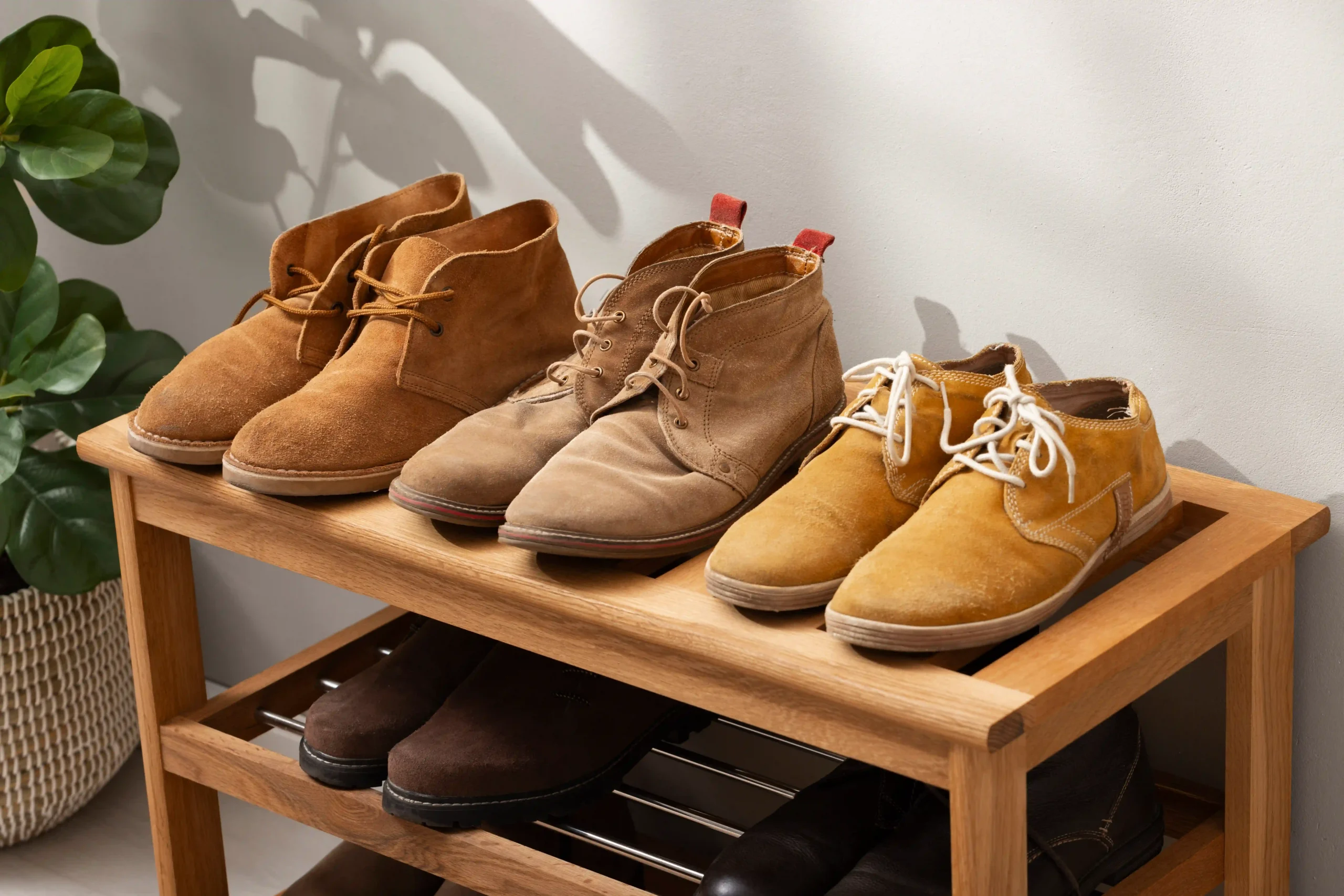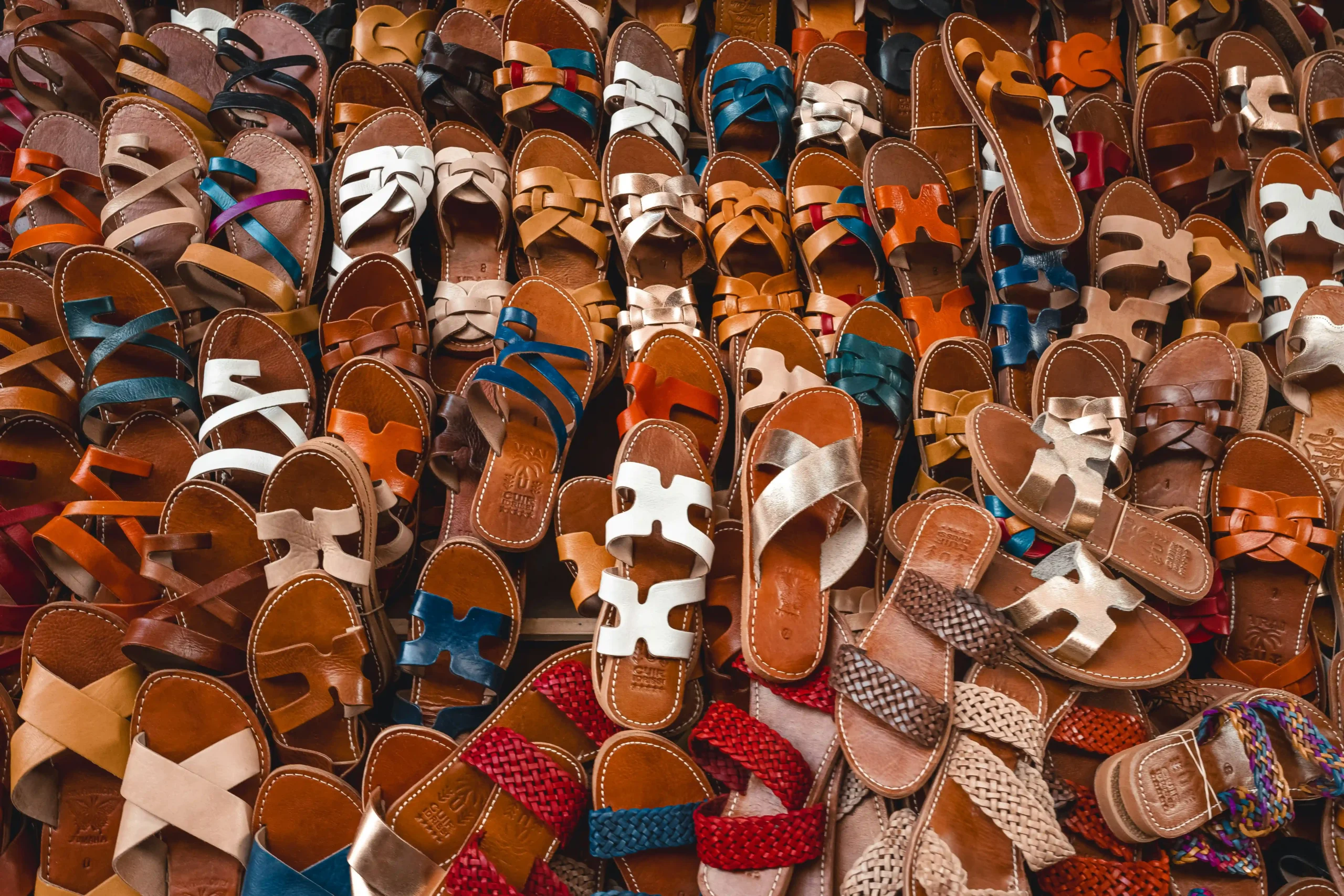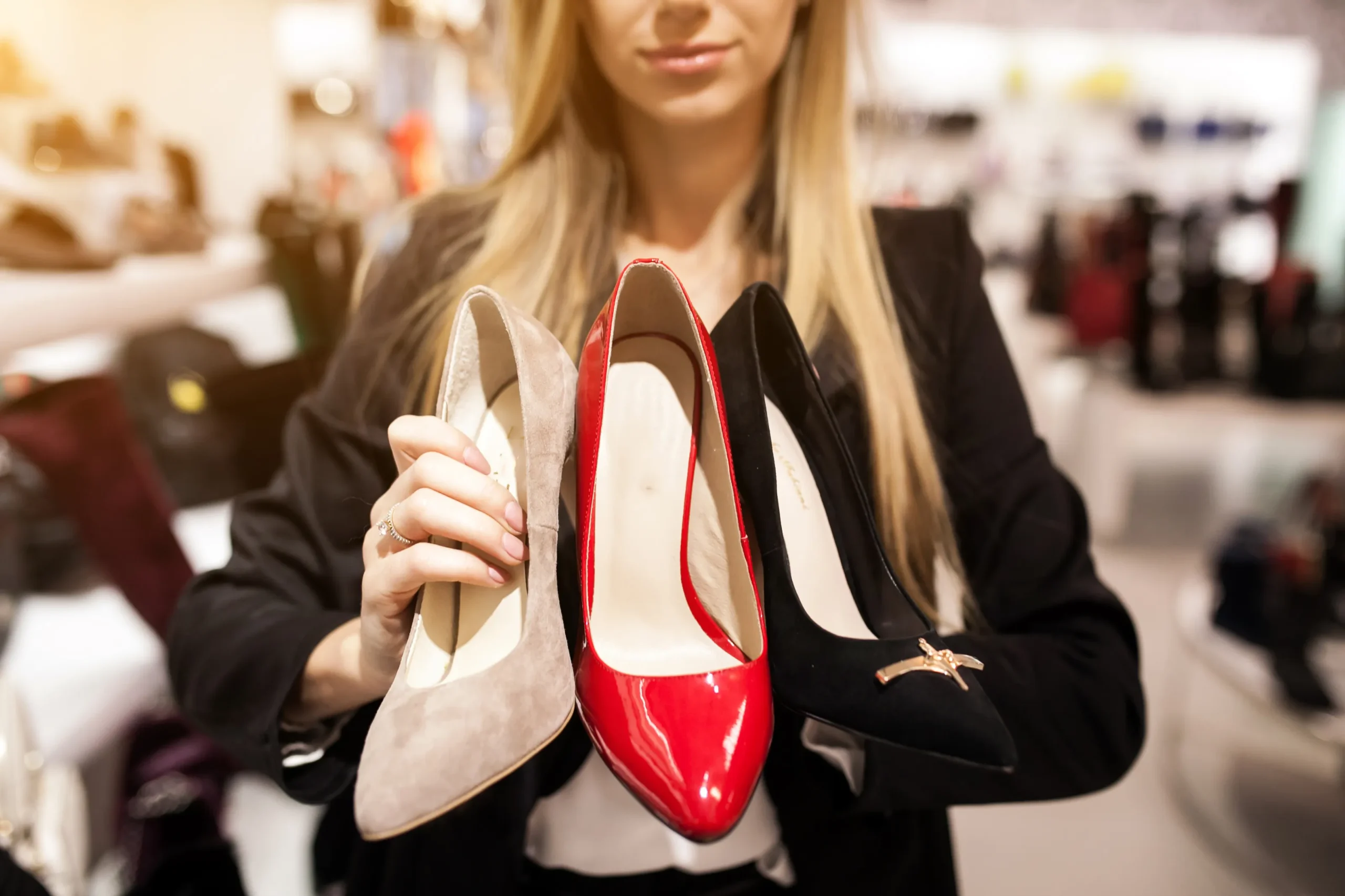Cultural sensitivity in shoe brands is becoming a key factor in the footwear industry. Brands are increasingly aware of the need to respect diverse cultures. This awareness influences their design and marketing strategies.
A shoe brand’s image is closely tied to its cultural sensitivity. Consumers today demand more than just stylish shoes. They seek brands that reflect their values and respect cultural diversity.
Inclusive shoes cater to a wide range of consumers. They consider different cultural backgrounds and physical needs. This inclusivity can enhance a brand’s reputation and consumer trust.
Ethical footwear practices are also crucial. They involve fair labor, sustainable sourcing, and eco-friendly production. These practices contribute to a positive brand image.
Shoe material quality remains important. It affects consumer satisfaction and brand reputation. High-quality materials combined with cultural sensitivity can set a brand apart.
In this article, we explore how cultural sensitivity impacts a shoe brand’s image. We highlight the importance of inclusive and ethical practices in the footwear industry.
Understanding Cultural Sensitivity in the Footwear Industry
Cultural sensitivity in the footwear industry involves respecting and incorporating diverse cultural elements. This applies both in shoe design and in marketing efforts. Brands that embrace cultural diversity often stand out for their authenticity.
Understanding cultural sensitivity requires awareness and respect. Brands must consider cultural influences when crafting their products. They must avoid cultural appropriation, which can harm their reputation.
Culturally sensitive brands engage with different communities. This engagement allows them to understand consumer needs better. These interactions can lead to unique and culturally inspired designs.
Here are key aspects of cultural sensitivity:
Respect for diverse cultural elements
Authenticity in design and marketing
Inclusion of diverse consumer feedback

Additionally, cultural sensitivity plays a crucial role in enhancing a brand’s storytelling. It helps form emotional connections with consumers. A brand that genuinely represents different cultures can attract a wider audience.
By implementing cultural sensitivity, footwear brands can foster consumer loyalty. It helps them stay relevant in an increasingly global market. Ultimately, it can become a significant differentiator in the competitive footwear industry.
Why Cultural Sensitivity Matters for Shoe Brands
Cultural sensitivity is vital for shoe brands aiming for a positive image. It builds trust and loyalty among diverse consumers. Understanding cultural nuances helps brands avoid missteps.
Ignoring cultural sensitivity can lead to backlash. Negative publicity can damage a brand’s image. Consumers today are more socially conscious and vocal.
Inclusive practices can boost a brand’s reputation. Consumers appreciate brands that respect their cultural values. In today’s market, cultural sensitivity isn’t just a choice—it’s a necessity.
Here’s why it matters:
Builds consumer trust and loyalty
Helps avoid negative publicity
Enhances brand reputation and reach
Through culturally sensitive strategies, brands can connect meaningfully with consumers. These connections lead to higher engagement and lasting relationships. Cultural sensitivity is an essential component of modern brand strategies, reflecting broader societal values and expectations.
The Impact of Cultural Sensitivity on Brand Image
Cultural sensitivity can significantly enhance a shoe brand’s image. When brands engage respectfully with diverse cultures, they gain admiration. This approach improves brand loyalty.
Incorporating cultural sensitivity into corporate values attracts attention. Brands that prioritize diversity often enjoy positive media coverage. This positive sentiment extends to consumer perception, boosting sales.
Conversely, ignoring cultural sensitivity can be costly. Brands may face public backlash or boycotts. This negative attention can cause long-term damage to brand reputation.
Brands that engage with diverse communities see a positive shift. They gain insights into consumer needs and preferences. This engagement often leads to innovative product designs that resonate deeply.
Key impacts of cultural sensitivity include:
Improved consumer trust and loyalty
Positive media coverage and endorsements
Enhanced brand reputation and credibility
Ultimately, cultural sensitivity is a vital factor in a brand’s image. It allows for authentic storytelling that connects emotionally with consumers. A culturally sensitive approach creates a more relatable and enduring brand identity.

Inclusive Shoes: Meeting Diverse Consumer Needs
Inclusive shoes cater to a broad range of consumers. They address the diverse requirements of different cultural backgrounds and physical abilities. By doing so, brands show respect for diversity in footwear.
Creating inclusive shoes involves understanding unique consumer needs. This means considering factors like wide-width options and adaptive designs. Such inclusivity increases brand appeal and market reach.
Consumers demand more than just fashion; they want functionality too. Shoes that fit well and accommodate various needs are more appealing. Consequently, brands that focus on inclusivity often see increased customer satisfaction.
Benefits of offering inclusive shoes include:
Broader market reach and appeal
Greater consumer satisfaction
Enhanced brand loyalty and retention
Inclusive footwear symbolizes a commitment to diversity and inclusion. It builds a brand’s reputation by delivering products that truly serve varied consumer communities.

Ethical Footwear: Beyond Design and Marketing
Ethical footwear transcends mere design and marketing tactics. It encompasses sustainable sourcing and fair labor practices. Ethical brands often prioritize ecological and social responsibilities.
Commitment to ethical practices fosters brand loyalty and trust. Consumers increasingly seek transparency in production and sourcing. Brands that provide this clarity often gain a competitive advantage.
In ethical footwear, materials matter. Using recycled or responsibly sourced materials highlights a brand’s eco-friendly stance. Such practices contribute positively to the environment and brand perception.
Key aspects of ethical footwear include:
Sustainable sourcing of materials
Fair and safe labor conditions
Eco-friendly production processes
Consumers are becoming more conscious of brand ethics. They prefer brands that align with their values and concerns. Therefore, ethical practices are not just beneficial but essential for long-term success.

The Role of Shoe Material Quality in Brand Perception
Shoe material quality plays a pivotal role in shaping brand perception. It affects durability, comfort, and overall consumer satisfaction. A focus on high-quality materials can elevate a brand’s reputation.
Quality materials often translate to a longer product lifespan. This longevity appeals to consumers seeking value and sustainability. A premium experience is a direct outcome of superior material choices.
Brands should prioritize material integrity alongside aesthetics. Sourcing ethically enhances both brand image and consumer trust. Transparency about material sourcing reinforces a brand’s ethical standing.
Key benefits of prioritizing material quality include:
Enhanced product durability
Increased consumer loyalty
Stronger brand reputation
Consumers notice and appreciate quality in materials. Investing in superior materials can lead to a loyal customer base. It strengthens not only the product but also the brand’s market position.

Case Studies: Brands That Got It Right (and Wrong)
Examining real-world examples helps illustrate the impact of cultural sensitivity. Some brands excel, while others falter. Analyzing both offers valuable lessons.
A renowned brand, TOMS, exemplifies ethical footwear through giving initiatives. Their commitment enhances their brand image and loyal customer base. Social impact remains at the core of their strategy.
Nike experienced a backlash for cultural insensitivity in design. A misstep in using sacred symbols led to criticism. It’s a reminder of the importance of respecting cultural symbols.
Another success story is Native Shoes, focusing on sustainability and inclusivity. Their use of eco-friendly materials and accessible designs appeal widely. Their approach strengthens both brand identity and consumer trust.
Key takeaways from these examples include:
Prioritizing cultural respect
Commitment to ethical practices
Learning from past mistakes

Meanwhile, a less favorable case involved a luxury brand accused of cultural appropriation. Their actions led to boycotts, highlighting a need for sensitivity. Awareness and understanding are fundamental in global brand strategies.
Lessons from these examples emphasize the need for sensitivity and respect. Brands that integrate these values can build a positive and lasting brand image.
Strategies for Building a Culturally Sensitive Shoe Brand
To succeed in today’s diverse market, brands must adopt strategies that emphasize cultural sensitivity. This involves understanding and respecting diverse consumer needs and preferences. Brands can achieve this through active engagement and listening to their customer base.
One effective strategy is to collaborate with local artisans and communities. This not only enhances authenticity but also fosters genuine connections. Respect and inclusivity in partnerships can greatly enrich a brand’s appeal.
Employee training is another crucial aspect. Brands should invest in cultural sensitivity training to educate their teams. A well-informed workforce can better navigate diverse cultural landscapes.
Key strategies include:
Engaging in community collaborations
Investing in cultural sensitivity training
Actively listening to consumer feedback

Implementing these strategies can enhance a brand’s image and consumer loyalty. A commitment to cultural sensitivity can distinguish a brand in a crowded marketplace. Brands that prioritize these values are poised for long-term success.
The Future of Cultural Sensitivity in the Footwear Industry
The footwear industry is poised for significant transformation in the realm of cultural sensitivity. As consumer expectations evolve, brands must proactively adapt to these changes. Future-focused strategies will be crucial to sustain growth and relevance.
Technological advancements are likely to play a major role. Customization tools powered by AI can help brands meet diverse consumer needs. This approach not only promotes inclusivity but also enhances user satisfaction.
We can expect brands to:
Increase transparency in sourcing
Embrace sustainability in production
Invest in ongoing cultural education
These shifts will foster a more inclusive industry landscape. Cultural sensitivity is not just a trend but a necessary commitment to future prosperity. Brands that embrace this will lead the industry forward.
The Path Forward for Ethical and Inclusive Shoe Brands
The path forward for shoe brands lies in genuine commitment to cultural sensitivity. Brands must prioritize diversity, ethical sourcing, and sustainable practices. This approach builds trust and loyalty among discerning consumers.
As the demand for inclusive and ethical shoes rises, brands should strategically align their values with consumer expectations. This alignment fosters lasting brand resilience and success. Commitment to these principles not only enhances brand image but also positively impacts the global community.
Conclusión
Cultural sensitivity plays a crucial role in brand communication and image building. However, when entering global markets, brands must not only consider cultural differences but also the cultural adaptability of their products. For example, in footwear production, preferences and requirements for shoe materials often vary across regions, requiring manufacturers to prioritize quality and cultural compatibility when selecting materials. The choice of adhesives is a crucial factor in this process—it not only determines product quality but can also impact a brand’s localized performance.
If you’re interested in selecting the most appropriate materials in shoemaking or want to learn more about adhesive applications in the footwear industry, click on the following links to learn more: A Guide to Material Selection for Shoe Factories, Adhesive Classifications, and Cost Reduction Methods for Shoe Manufacturers. Get the latest industry trends and tips to help your brand enhance its market competitiveness.
